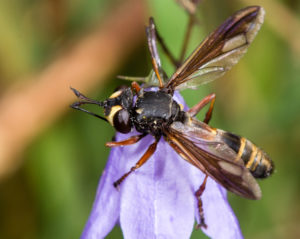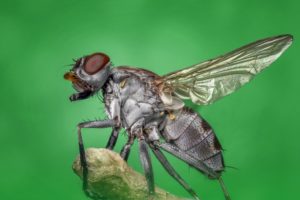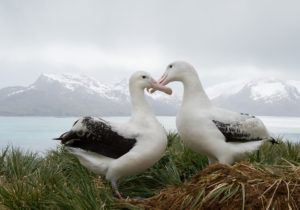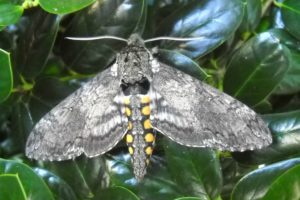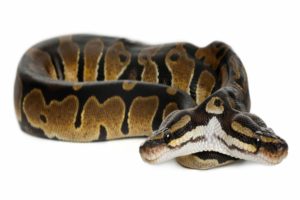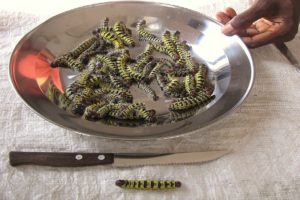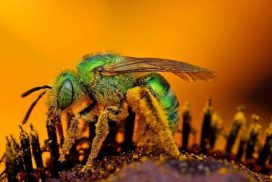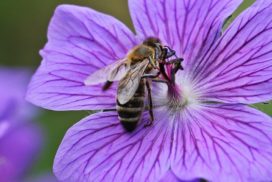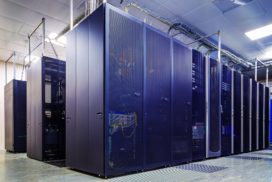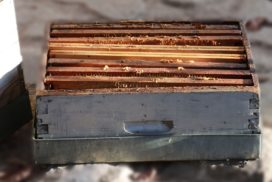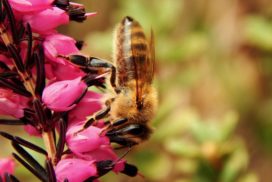DISPLAYING INTELLIGENT BEHAVIOR: DO BEES THINK?
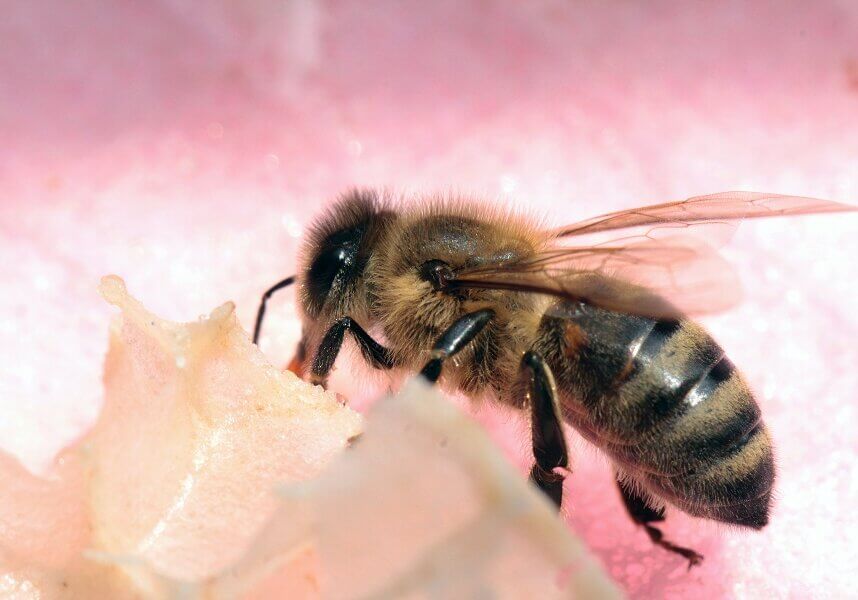
Bee on a flower
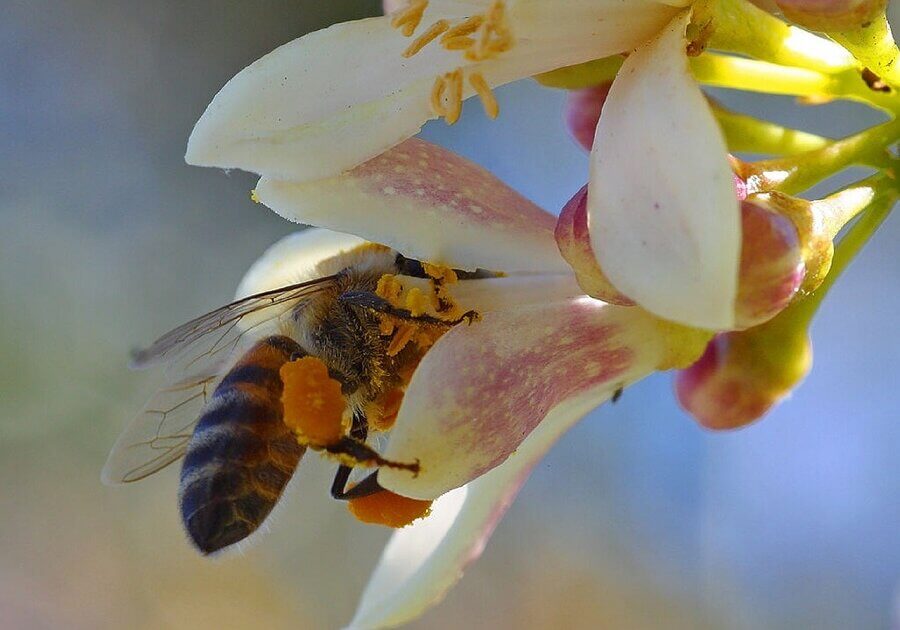
Bee
Honeybees spread out and forage several kilometers away from the beehive, but they can find their colony after visiting flowers for an hour. Although their brain is the size of a pinhead, they can communicate the position of a food source to other worker bees.
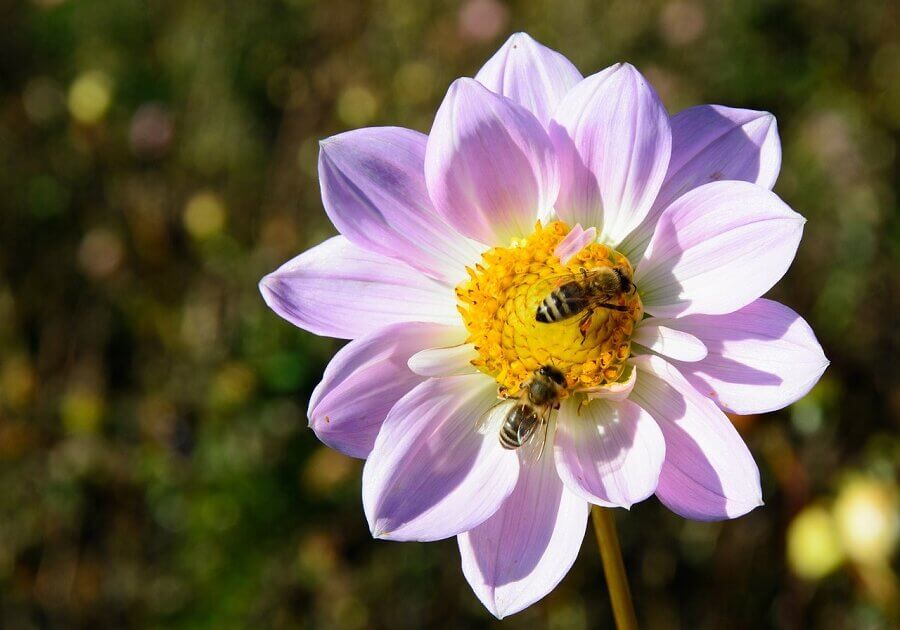
Bee
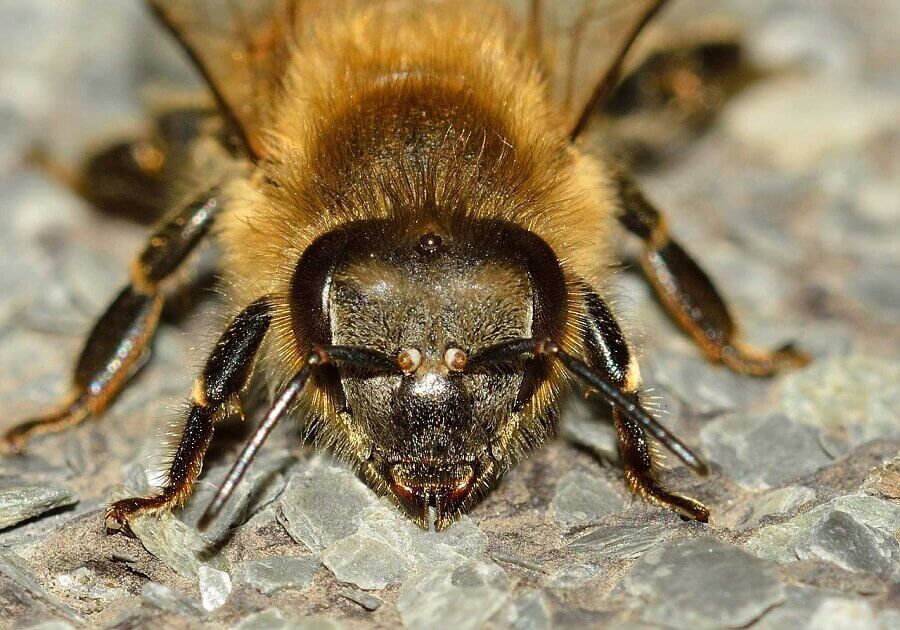
Bee
According to the New York Times, Dr. James Gould of Princeton University, a bee researcher, performed an experiment in which he moved a food source every time the bees returned to the hive. He relocated the food further 11/4 times the previous distance from the beehive. After several movements, the bees were able to anticipate the next position and were found circling at the exact place Dr. Gould was supposed to put the food.
